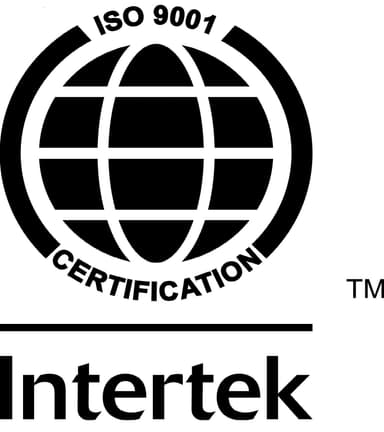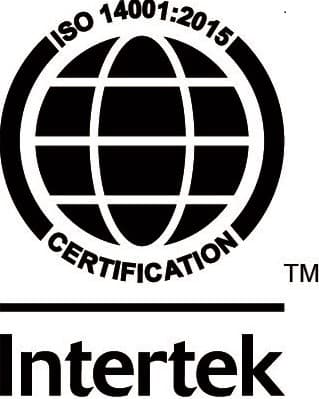What you’ll need
Before you get started on unblocking your bath or shower drain you’ll need the following items to hand to get the job done:
- Rubber gloves (elbow length if possible)
- Protective glasses
- A plunger (with a cup-shaped rubber end)
- Duct tape (or an old dishcloth)
- A drain snake (available from most DIY shops)
- A flat head screwdriver
- Baking soda (or bicarbonate of soda)
- White vinegar
- Bleach
1. Get yourself prepared
2. Find the blockage
The first thing you need to do is remove the plughole so you can inspect the drain. Usually, slow drainage or a total blockage in your bath or shower is caused by an accumulation of hair, soap and dirt in the pipe. With a bit of luck, you’ll be able to remove this material from the pipe using your fingers and get your drain working correctly again.
Tip: If you have trouble grabbing the blockage with your fingers you can also use pliers, or an unwrapped coat hanger. Just be careful not to damage your pipe or the surface of your bath/shower tray.
3. Use a plunger
You should always try using a plunger first before resorting to bleach or other chemicals. This is because the act of plunging often results in being splashed by the water and could result in chemicals getting on your skin or clothing. To get the most out of your plunger you should run the rubber end under the hot tap for several minutes to soften the rubber. This will make the rubber more flexible and better able to generate the required suction to clear the pipe.
Start by placing the plunger over the plughole and fill the bath or shower with enough water to cover the plungers head. You should also cover the overflow in the bath with duct tape or block it with the dishcloth.
When you’re ready, grip the plunger handle firmly and plunge up and down rapidly to create suction. Keep this going for around 30 seconds and inspect the drain. If the first attempt hasn’t cleared the blockage you should try again several times.
4. Use the drain snake
A snake drain (or plumber’s snake) is a type of flexible auger that’s designed to clear problematic drain clogs that can’t be fixed using a plunger. Make sure you use a drain snake with a 1/4 or 5/16-inch cable to avoid damaging your pipe.
For a bath, you’ll need to feed the snake down the overflow pipe below the taps until you reach the clog. You should carefully twist the drain snake clockwise into the blockage (to avoid unscrewing the pipe) and then pull it back up to the surface.
For the shower, feed the drain snake down the drain, following the same steps as above. If the first attempt doesn’t work, repeat several times until you clear the blockage.
5. Baking soda and white vinegar
Baking soda is a great way to loosen dirt and grease from your drain, especially when combined with white vinegar to create a fizzing reaction. An added bonus of using baking soda is that it’s less harsh on the environment than other chemicals such as bleach or acid.
Start by pouring a kettle full of boiling water down the drain to loosen any grease around the blockage. Now pour down two tablespoons of baking soda and leave it to settle on the blockage for several minutes. Finally, pour a cup of white vinegar down and let the fizzing reaction work its magic for five minutes.
Once the time is up you should flush the drain with another kettle full of boiling water and then run the taps to see if the blockage is clear.






